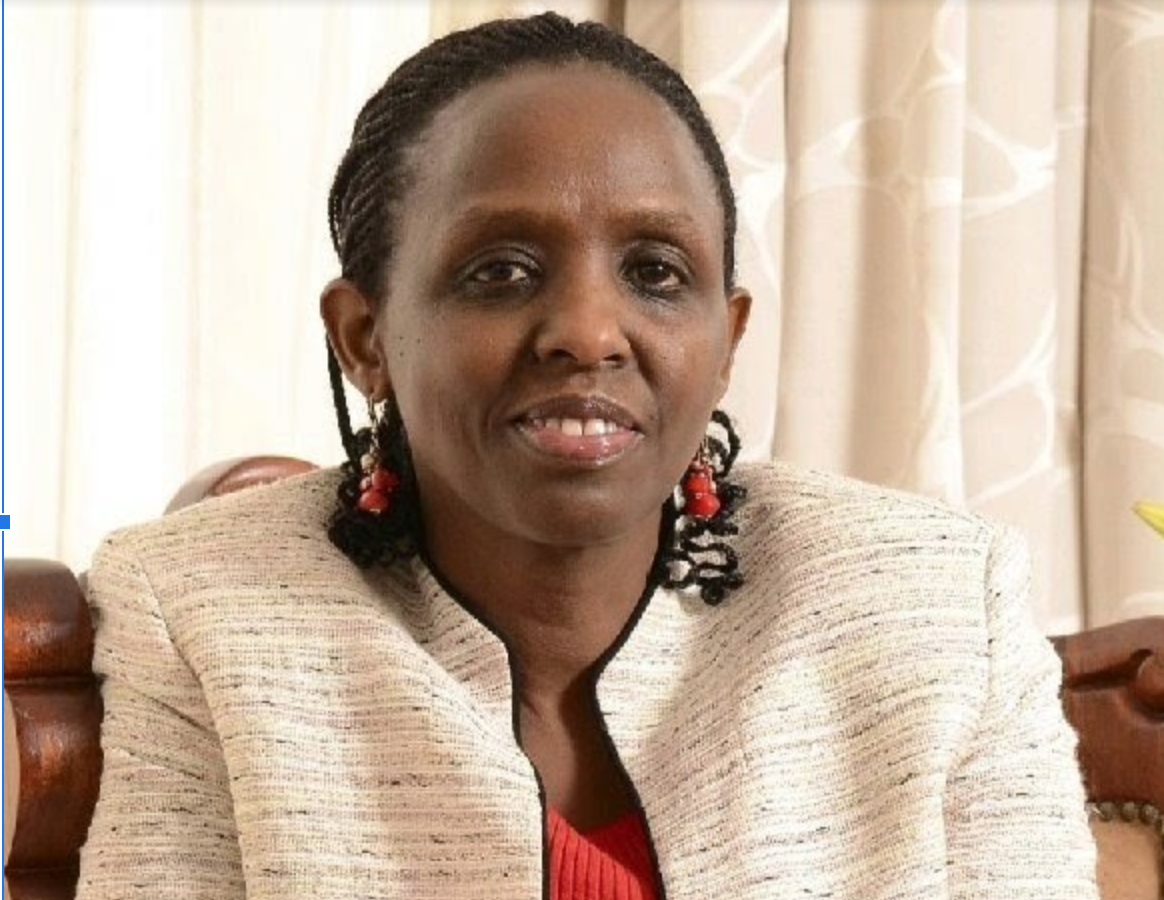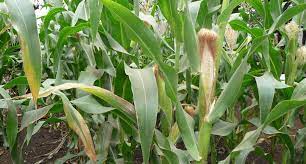SAGCOT Strategic Partnerships Drive Tanzania’s Efforts to Lower Animal Feed Costs and Bolster Livestock Sector
Kilimokwanza.org team
The Southern Agricultural Growth Corridor of Tanzania (SAGCOT) is spearheading a transformative initiative that promises to revolutionize the Tanzanian livestock sector by dramatically reducing animal feed costs. This ambitious endeavour, conducted in partnership with the Tanzanian government, the Netherlands Embassy, and various other stakeholders, aims to enhance the efficiency and sustainability of livestock farming—a vital component of the nation’s economy.
Vision for a Resilient Agricultural Future
In Tanzania, where agriculture supports the livelihoods of over 80% of the population, the high cost of livestock feed poses a significant barrier to economic stability and growth. Addressing this challenge, SAGCOT’s initiative seeks to leverage strategic partnerships to foster innovation, improve operational efficiencies, and reduce reliance on imported feed components that strain financial resources and increase production costs.
Collaborative Efforts to Streamline Production
A series of high-level workshops marked the collaboration, the most recent held in Dar es Salaam in September 2023. Here, stakeholders from across the sector gathered to outline strategies and set actionable goals for reducing feed costs. Minister for Livestock and Fisheries Abdallah Ulega stressed the importance of this collaborative approach: “Achieving significant reductions in feed costs requires not only the adoption of new technologies and practices but also a unified effort among all stakeholders to share knowledge, innovate, and drive investment.”
Utilizing Local Innovations and Resources
Central to SAGCOT’s strategy is optimizing local resources to curb the import of expensive feed materials such as soybeans and maize. The initiative promotes the exploration of alternative protein sources—like insect-based proteins and cattle blood—that are more sustainable and could be produced locally at a lower cost. These innovative approaches are expected to lessen grain competition between the food and feed sectors and stabilize prices.
International Support and Technological Advancement
The role of international partners, particularly the Netherlands Embassy, has been crucial in bringing global expertise and funding to Tanzania’s feed production sector. Ambassador H.E Wiebe de Boer articulated the value of this international collaboration, noting, “This partnership not only provides technological and expert support but also helps create a roadmap that will guide Tanzania towards greater competitiveness and self-reliance in animal feed production.”
Advancements in feed mill technology, particularly the introduction of extrusion technologies, are anticipated to enhance the processing capacities of local mills. This upgrade will allow for the more efficient use of local ingredients, thereby reducing waste and production costs.
Regulatory Support and Investment Attraction
To support these technological and operational advancements, SAGCOT and its partners are advocating for robust regulatory frameworks that encourage investment and ensure that production standards are met across the industry. Bart Pauwels, the agricultural counsellor of the Netherlands Embassy, emphasized the necessity of such frameworks: “Strong regulatory support is crucial for attracting private sector investment and for the professionalization of the feed industry in Tanzania.”
Looking Forward: A Sustainable and Profitable Livestock Sector
As these strategies are implemented, the future of Tanzania’s livestock sector looks promising. By reducing the cost of feeds, the initiative aims to lower entry barriers for new farmers and boost the profitability and productivity of existing farms. This, in turn, is expected to foster a more competitive and resilient agricultural market.
Moreover, by stabilizing the feed supply chain, Tanzania will be better equipped to handle economic fluctuations related to global commodity prices, ensuring a more stable income for farmers and a more reliable food supply for the nation.
Tanzania: Collaborative Efforts in Reducing Animal Feed Production Costs
Key Facts and Figures
- Government Collaboration: The government of Tanzania, along with the Netherlands Embassy in Dar es Salaam and the Southern Agricultural Growth Corridor of Tanzania (SAGCOT), is spearheading efforts to reduce production costs for animal feeds.
- Ministerial Statement: Abdallah Ulega, Minister for Livestock and Fisheries, emphasized the need for collective efforts to decrease the production costs, which are higher compared to neighboring countries.
- Technology and Innovation: The focus is on using emerging technologies, fostering innovation, and forming partnerships to improve feed quality and reduce costs.
- Feed Mills: Out of 223 registered feeds mills in Tanzania, only 9% operate at a professional level.
- Financial and Regulatory Support: There’s a significant appeal for financial backing for producers and assistance from regulators to help feed companies reach and maintain professional standards.
Challenges in the Livestock Feed Sector
- Economic Impact: Feed costs constitute 60-70% of livestock production expenses in Tanzania.
- Import Dependence: High reliance on imported soy products, with significant expenditures recorded in 2022.
- Local Production Gap: Only 30% of the estimated demand for animal feeds (2.5 million metric tons) is met by local production.
- Operational Efficiency: Many feed mills operate at less than 50% capacity due to limited raw materials and high operational costs.
Potential Solutions and Innovations
- Alternative Protein Sources: Recent studies highlight the potential of insect-based proteins and cattle blood as viable sources of protein for feeds.
- Soy Utilization: Despite sufficient processing capacity for soy cake, there’s a need for better utilization through extrusion technologies.
- Stakeholder Engagement: A workshop highlighted the necessity of creating a roadmap to boost competitiveness in the feed sector, emphasizing cost reduction and opportunity creation.
Strategic Recommendations
- Enhance Local Capabilities: Developing integrated approaches and strategies to improve domestic production capabilities.
- Support and Collaboration: Emphasizing the role of both local and international support in achieving a competitive feed production sector.
- Investment in Technology: Adoption of advanced technologies and increasing accessibility to finance are crucial for scaling up production and reducing costs.
These initiatives aim to bolster the sustainability and efficiency of livestock keeping in Tanzania, ultimately benefiting both the agricultural sector and the broader economy.
- “To reduce the production costs of animal feeds in Tanzania required collective efforts… utilizing emerging technologies, fostering innovation, sharing knowledge, forming partnerships, and cultivating an enabling environment were crucial for improving the quality of animal feeds.” – Abdallah Ulega, Minister for Livestock and Fisheries.
- “Production costs in the country were high compared to neighboring countries and called for increased creativity, utilization of local resources and addressing climate change challenges.” – Abdallah Ulega, Minister for Livestock and Fisheries.
- “It is high time we reduced the cost of production of animal feeds to boost production and create immense opportunities.” – H.E Wiebe de Boer, Ambassador of the Netherlands.
- “This workshop has come at the right time when the cost of production of animal feeds is increasing day by day, posing a threat to all actors.” – H.E Wiebe de Boer, Ambassador of the Netherlands.
- “The importance of collaboration and support from both local and international actors to enhance competitiveness in the production of feeds in Tanzania through private sector investments.” – Bart Pauwels, Agricultural Counsellor of the Netherlands Embassy.


